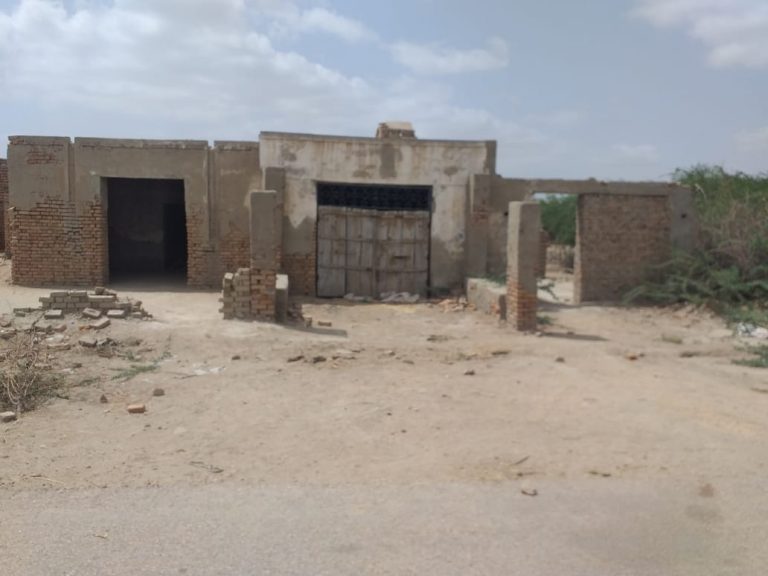
The Wango area was very much flourishing in trade, commerce and education. The fall of the town started during Kalhora period.
By Noor Ahmed Janjhi
The road leading to Karachi from Mithi via Badin, Thatto, is called ‘Wangay Waro Rasto’(Road of Wango) and the place called Wango is at the juncture of sandy and irrigated alluvial area. Once upon a time, it was a flourishing town at the bank of Puran, an eastern tributary of river Sindhu.
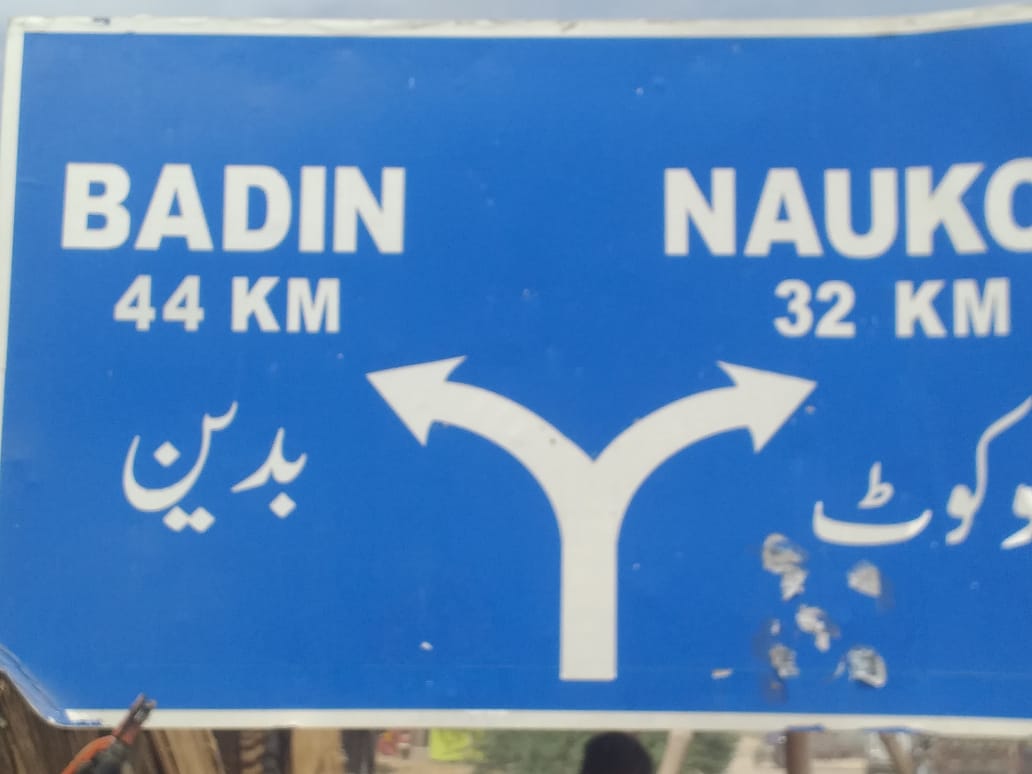 The word Wango is a Sindhi word derived from the noun ‘Wang’ means a twist. It’s another meaning is the twisted rope tightened around the hind legs of cows and buffaloes during the milking time. The place where the old settlement’s ruins are found is a twist of Puran. The place was called ‘Wango Pattan’ too because there had been navigation through boats in the river. Nowadays, there is only a small stop with filling station and some shops and an arched main gate, in the east of the historical settlement Wanga Bazaar. The area is called ‘Kass’ means a demarcating strip because it falls between the sandy area and the alluvial plain of Sindhu. On the other, the demarcating strip between the sea and the sandy area is called ‘Watt’. The border with sweet water is ‘Kass’ and with brackish water is called ‘Watt’. There seem three dried beds of Puran in the area along with a dried bed of Hakro River called Dhoro. Actually, this is the area of Puran civilization. Shah Abdul Latif has mentioned it in bait as:
The word Wango is a Sindhi word derived from the noun ‘Wang’ means a twist. It’s another meaning is the twisted rope tightened around the hind legs of cows and buffaloes during the milking time. The place where the old settlement’s ruins are found is a twist of Puran. The place was called ‘Wango Pattan’ too because there had been navigation through boats in the river. Nowadays, there is only a small stop with filling station and some shops and an arched main gate, in the east of the historical settlement Wanga Bazaar. The area is called ‘Kass’ means a demarcating strip because it falls between the sandy area and the alluvial plain of Sindhu. On the other, the demarcating strip between the sea and the sandy area is called ‘Watt’. The border with sweet water is ‘Kass’ and with brackish water is called ‘Watt’. There seem three dried beds of Puran in the area along with a dried bed of Hakro River called Dhoro. Actually, this is the area of Puran civilization. Shah Abdul Latif has mentioned it in bait as:
جهوني تون پراڻ ، جُڳ ڇٽيهه سنبرين
تو ڪي ڏٺا هاڻ ، لاکي جهڙا پهيڙا
(O Puran! You are very much old and remember some thirty six ages or eras. Have you ever seen the brave and alert persons like Lakho)
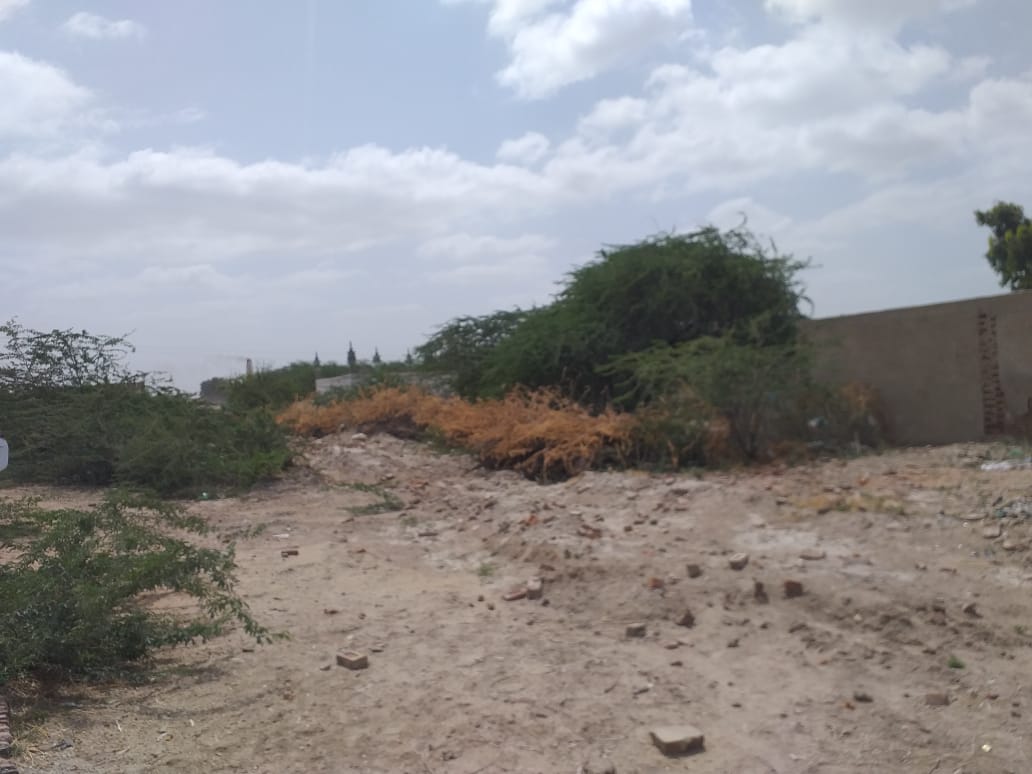 The town of Wango has been called Wanga Bazaar by Captain S N Raikes in his report written in 1856 under the title of ‘Memoir on Thurr and Parkur Districts of Sindh’ as “Nor did they restrict themselves to foraying in foreign states; on the contrary, they carried their forays all through the Desert to Raomaka Bazar and Wanga Bazar, situated in Sind proper, immediately west of the Thurr and Parkur districts”.
The town of Wango has been called Wanga Bazaar by Captain S N Raikes in his report written in 1856 under the title of ‘Memoir on Thurr and Parkur Districts of Sindh’ as “Nor did they restrict themselves to foraying in foreign states; on the contrary, they carried their forays all through the Desert to Raomaka Bazar and Wanga Bazar, situated in Sind proper, immediately west of the Thurr and Parkur districts”.
There is the mention of the place in Chachnamo and other books. M B Pithawala in his book ‘Historical Geography of Sindh’ categorizes the town under the category of ‘Hakra Wahinda System’ and writes, “This old site on the bank of the western Nara or the Hakra is nearly 80 miles south west of Hyderabad. It is just on the border line of the sands of Thar Parkar and on the road which crosses the Rann of Kach to Bhuj”. He mentions its great geographical importance by quoting Oldham.
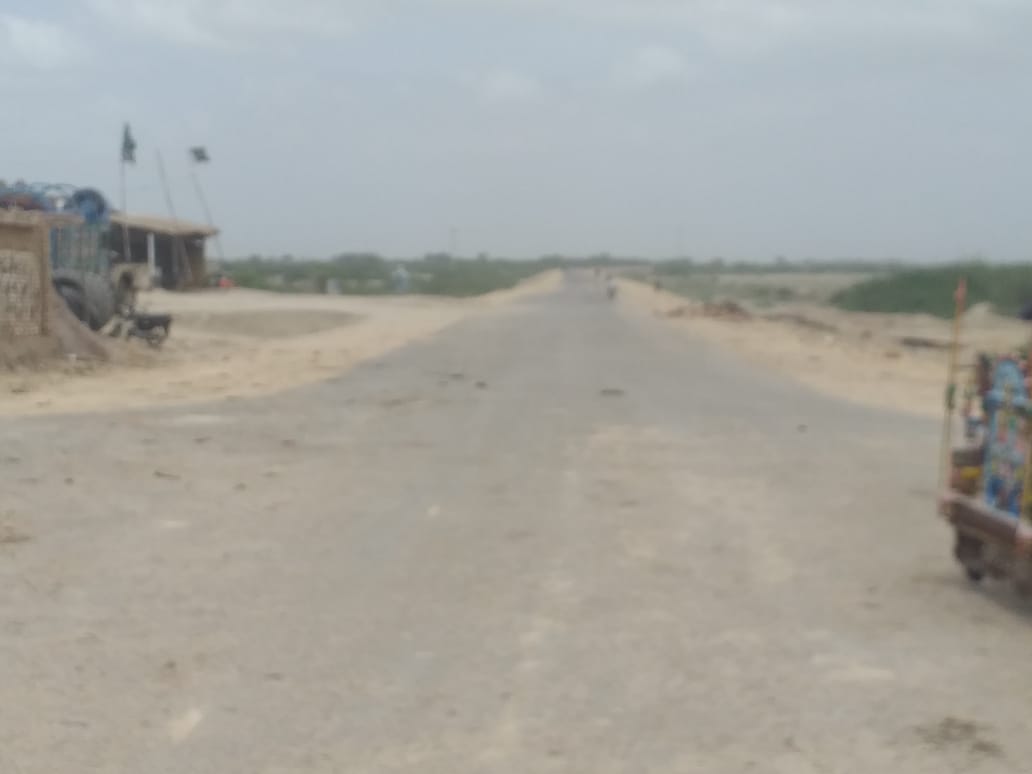 Muhammad Soomar Shaikh, in his book “Badin” (1979) has also discussed the ‘Wangai Script’ prevailing in the area during its heydays. It means the area was very much flourishing in trade and commerce and education. There are other places of historical importance around here with the names of Jjar jo Patan, Bagh jo Patan etc. The beds of Puran have dried up and only water flows during the rainfall or flooding. Besides, there had been Kajhar Lake and still the area is called after its name.
Muhammad Soomar Shaikh, in his book “Badin” (1979) has also discussed the ‘Wangai Script’ prevailing in the area during its heydays. It means the area was very much flourishing in trade and commerce and education. There are other places of historical importance around here with the names of Jjar jo Patan, Bagh jo Patan etc. The beds of Puran have dried up and only water flows during the rainfall or flooding. Besides, there had been Kajhar Lake and still the area is called after its name.
The water flowing from tributary of Sindhu and irrigating some areas of Kachh was stopped by Mian Ghullam Shah Kalhoro by constructing a mud wall called ‘Allabund’. In this way, Sindh withdrew its right from Kachh and the area irrigated on the command of the Indus.
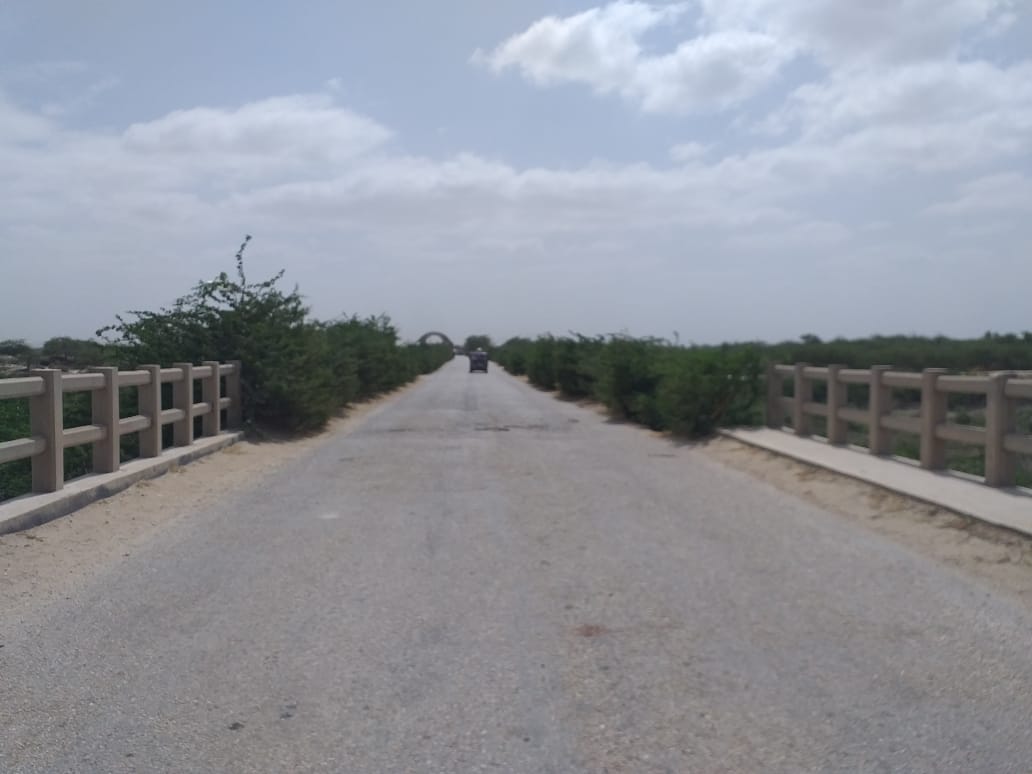 How much large was the town of Wango? The history accounts are silent in this regard. However, it seems that the fall of the town started during Kalhora period because Mir Tharo Talpur, the founder of Manikani Emirate of Talpurs had established the town of Ketiyan jo Kot here around 1784-85, as the capital city of his newly established Emirate and ruled from here continuously till 1806, when the new capital city Mirpurkhas was established by his son Mir Ali Murad Talpur.
How much large was the town of Wango? The history accounts are silent in this regard. However, it seems that the fall of the town started during Kalhora period because Mir Tharo Talpur, the founder of Manikani Emirate of Talpurs had established the town of Ketiyan jo Kot here around 1784-85, as the capital city of his newly established Emirate and ruled from here continuously till 1806, when the new capital city Mirpurkhas was established by his son Mir Ali Murad Talpur.
The vicinity of the Wango is found full of historical sites as Kajhar, Ketiyoo and Tarai. Some areas with the name of Mithi are found here from Mithi Gecho to Mithi Three. Mound of Arni, Tekrai ji Marri, Garhiyar jo Bhiro can also be called the part of Puran civilization. All the traces of these historical sites go to the whirlpool of history to be fathomed up by expert divers only.
[author title=”Noor Ahmed Janjhi” image=”https://sindhcourier.com/wp-content/uploads/2021/05/Noor-Ahmed-Janjhi-Sindh-Courier.jpg”]Noor Ahmed Janjhi is a senior educationist based in Desert District Tharparkar Sindh. He is author of several books in Sindhi and English on folk literature including two poetry books. [/author]